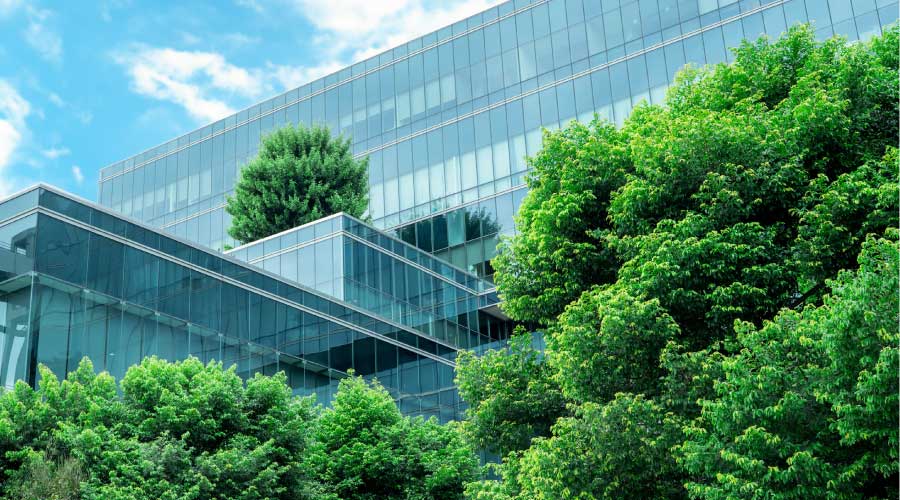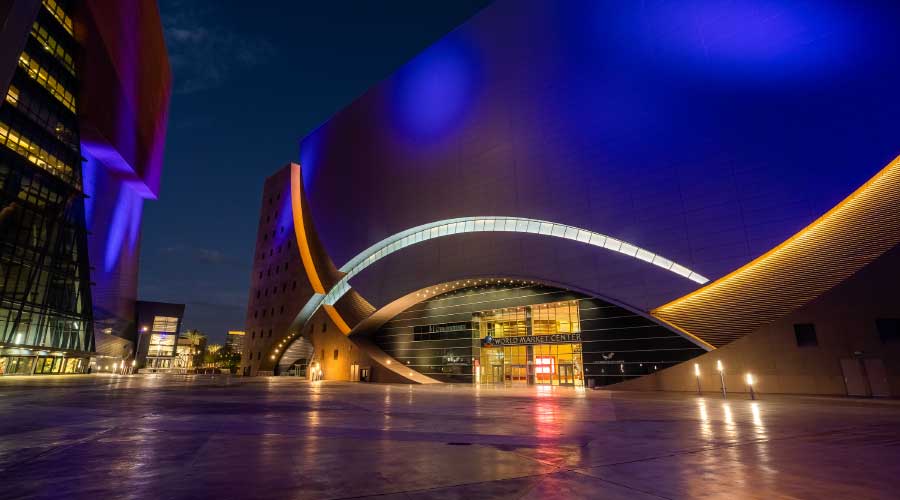
USGBC Releases Draft of LEED v5 for Operations and Maintenance
The new version of LEED will address equity, health, ecosystems, and resilience. October 23, 2023
By Greg Zimmerman, senior contributing editor
It’s been several years since a fully new version of LEED, but USGBC has now released a draft version of LEED v5 for Operations and Maintenance. While LEED v5 for other types of buildings are planned in the future, the existing building-focused version of LEED v5 is the first one released.
One change in LEEDv5 is stricter minimum standards for embodied carbon, as USGBC hopes the industry will continue to use LEED as a tool to move buildings toward carbon neutrality and net zero energy. USGBC also announced that it is partnering with RMI to develop standards for embodied carbon.
According to a release from USGBC, LEED v5 will significantly move the needle for existing buildings in the following areas: equity, health, ecosystems, and resilience.
Here are some the major changes facility managers can expect in LEED v5:
Carbon
- LEED v5 addresses all significant sources of carbon emissions in buildings.
- LEED v5 provides clear steps for delivering buildings with ultra-low greenhouse gas emissions.
- LEED v5 rewards existing buildings for leadership and planning to hit future decarbonization targets for buildings with ultra-low carbon emissions.
- LEED v5 will enhance the carbon literacy of the industry and incentivize existing buildings to work toward ultra-low-carbon and zero-emission plans.
Health
- LEED v5 includes a credit for continual assessment and verification of measurable indoor air quality, including indicators for infection risk management.
- LEED v5 focuses on equity within cleaning operations and protections for cleaning personnel.
Resilience
- LEED v5 recognizes that adaptation is critical and rewards operational preparedness for extreme events.
- LEED v5 allows projects to understand who is in the building and to meet occupant needs with a health-centric approach, including identifying health resilience goals.
Equity
- LEED v5 asks teams to understand and address the social impact of a project.
- LEED v5 promotes equity, access and economic empowerment through on-site renewable energy projects, ownership transfer and energy rights for underserved and front-line communities.
Greg Zimmerman is senior contributing editor for FacilitiesNet.com and Building Operating Management magazine.
Next
Read next on FacilitiesNet












